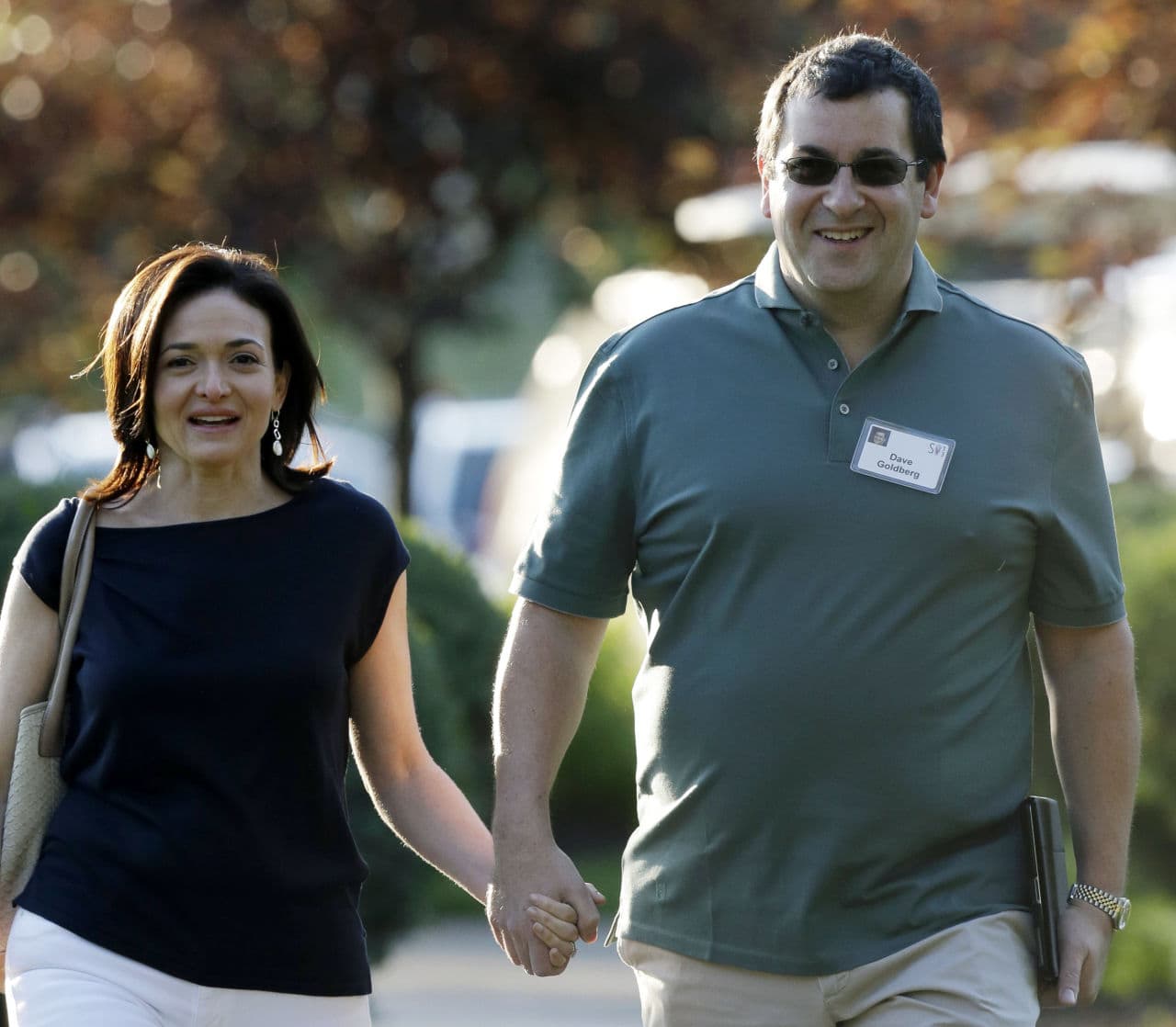Advertisement
Is There A Lesson About Treadmills In Sandberg Spouse Death? Yes: Keep Exercising

The subject line of an email I got last night didn't mince words: "Exercise can kill you."
Not exactly the conclusion I'd draw from the tragic death of Sheryl Sandberg's husband, Dave Goldberg, who is reported to have died of head trauma and blood loss after falling off a treadmill while on vacation in Mexico.
Not surprisingly, the flukish, apparently accidental death of a high-profile spouse led to predictable follow-up stories on the dangers of exercising on treadmills.
From Quartz, under the headline, "After Dave Goldberg’s tragic death, it’s worth a reminder: Treadmills are dangerous:"
Treadmills are notorious for causing accidents—occasionally fatal ones. The machines’ powerful motors and fast-moving belts can punish any momentary loss of balance with bruises, sprains, broken bones, friction burns, or worse. Distractions like watching TV or reading while running increase the likelihood of an injury.
The Washington Post reports on the "risks of treadmills in the era of smart phones:"
But his freakish accident actually isn’t that rare. Every year, tens of thousands of Americans are injured on treadmills. Thousands are taken to the emergency room. A handful die.
Data suggests that the problem is getting worse. As high-tech, high-powered treadmills proliferate, so, too, do the digital distractions that make the machines even more dangerous...
“Almost 460,000 people were sent to the hospital in 2012 for injuries related to exercise equipment,” according to USA Today. “The vast majority—nearly 428,000 were treated and released for their injuries—but about 32,000 were hospitalized or were dead on arrival.”
Treadmills account for the majority of such exercise equipment injuries, Graves told The Washington Post in a phone interview. In a study of 1,782 injury reports from 2007-2011, she found that “treadmill machines comprise 66% of injuries, but constitute approximately only 1/4 the market share of such equipment.
But wait, a reality check, please. Stuff happens. Unpredictable, tragic, life-altering stuff. And we, the survivors, need to keep steady and continue to care for ourselves and for those we love. And that includes exercise.
I asked Dr. Eddie Phillips, director of the Institute of Lifestyle Medicine and an assistant professor of Physical Medicine and Rehabilitation at Harvard Medical School, for his take, and he offered this perspective:
Despite the tragic and paradoxical death of a high profile individual exercising on a treadmill to improve his health we must not lose site of the overwhelming evidence of the benefits of increased physical activity for everyone. Treadmill accidents are rare compared to the pandemic of preventable disease and death from physical inactivity in the majority of the population. Avoiding exercise and remaining sedentary ensures universal increased risks of diseases like diabetes and heart disease as well as premature death and increased health care costs.
If treadmills are your choice to get your weekly exercise then use it mindfully and carefully. If you now want to give up the treadmill then use this as an excuse to try something new like an exercise class or perhaps go for a walk or run outside. Just keep moving.
And Dr. Aaron Baggish, a Massachusetts General Hospital cardiologist (and the cardiologist for the Boston Marathon), adds this:
The only wrong message to send out is that this should discourage people from exercising. The single most effective way to reduce heart disease — including cardiac arrest — is to exercise routinely. The other part [and no one is reporting that this death is related to any heart problems] is, if something from a heart perspective is going to happen, it's more likely to occur during a time when someone is exercising. This is the exercise paradox: there's a transient increase in risk during exercise, but exercise is the best way to reduce overall risk of heart disease, so another way to put it is: a net balance strongly favors exercising every day.
Baggish stresses exercise safety and always moderation:
You warm up, you cool down — you don't need to run marathons or do triathlons to be healthy, just exercise moderately, and that could be as a brisk 10 minutes walk a day. A little goes a long way.
